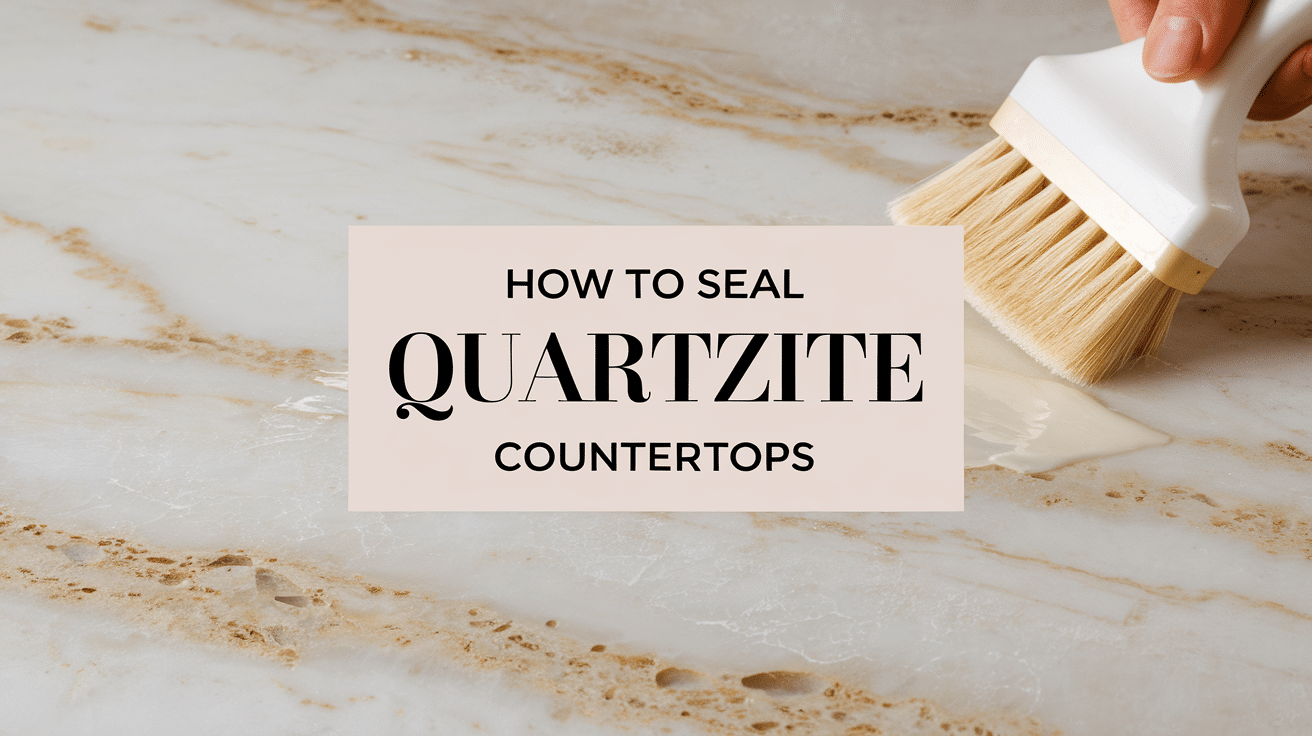Quartzite countertops are strong and beautiful, but they need a little care to stay that way. One of the best things you can do is seal them. Sealing helps stop stains, water damage, and everyday wear. I didn’t know this at first, but sealing quartzite isn’t hard at all. You need the right tools, a little time, and a clean surface.
In this blog, I’ll walk you through each step so you can do it yourself. I’ll also share a few tips I’ve learned along the way. No fancy skills or special training are needed. If you can clean a counter, you can seal one, too.
Let’s keep those countertops looking fresh and lasting longer. Ready to get started? Keep reading—I’ll show you how I did it and how you can too.
What Is Quartzite?

Quartzite is a natural stone that forms when sandstone is changed by heat and pressure. This process makes it very hard. It often looks like marble but is stronger. It comes in light colors like white, gray, and beige, but you can also find blues, greens, and pinks.
People love quartzite because:
-
It’s strong and hard to scratch.
-
It looks fancy and smooth.
-
It doesn’t wear out easily.
But because it’s natural, it still has small holes and cracks you can’t see. These can soak up spills and leave stains.
Why Quartzite Needs to Be Sealed
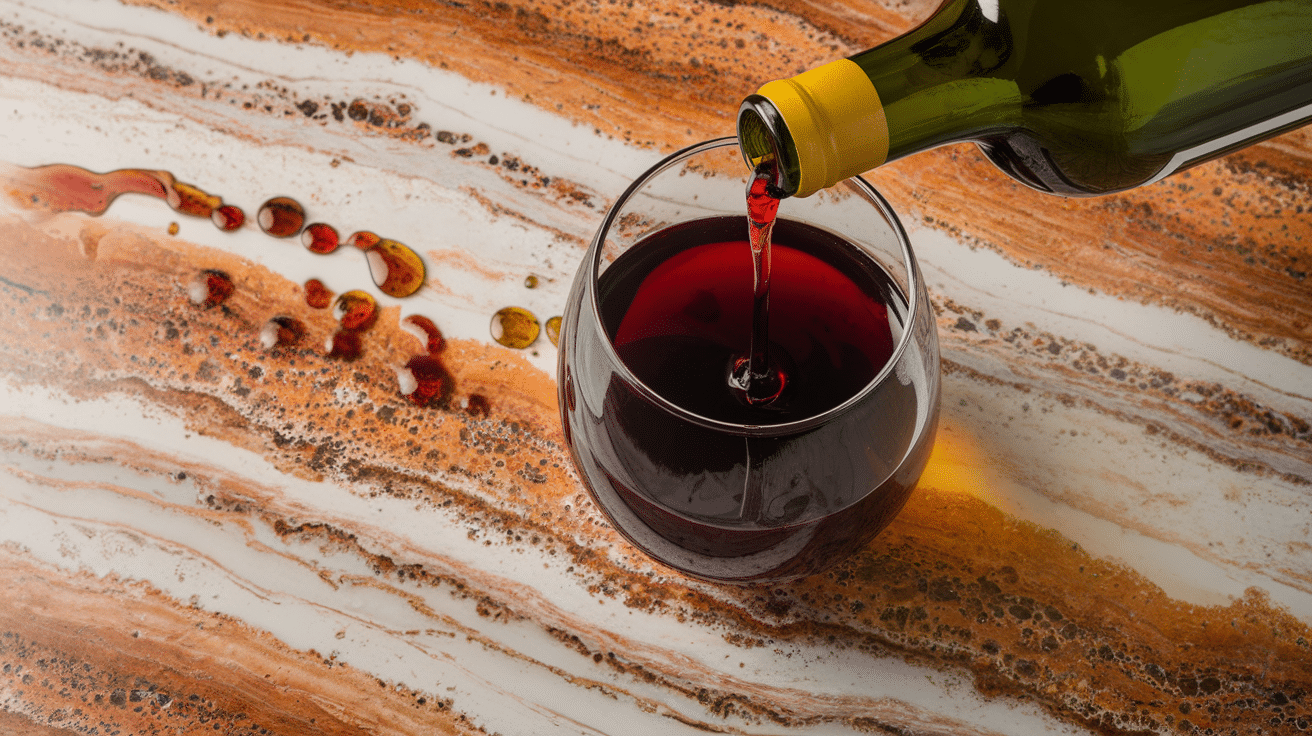
Even though quartzite is hard, it’s still porous. That means it can absorb liquids, oils, and dirt. Sealing helps fill in those small holes and adds a protective layer. This helps:
-
Keep out stains: Like juice, wine, oil, or sauces.
-
Block water damage: Water can weaken the stone over time.
-
Make cleaning easier: Wipe up spills without scrubbing.
-
Keep the shine: Sealing can make the surface look newer longer.
If you don’t seal it, your quartzite can get dull, stained, and damaged over time.
How to Tell When It’s Time to Seal Your Quartzite Countertop
It depends on the type of quartzite and how much you use your counters. A good rule is to seal it once a year. If your kitchen gets a lot of use or you clean often with water or soap, you might want to seal it every 6–12 months.
Here’s a simple test:
-
Pour a few drops of water on the countertop.
-
Wait 15–20 minutes.
-
Wipe it off.
If the stone is darker where the water was, it’s time to seal.
Tools and Materials You’ll Need
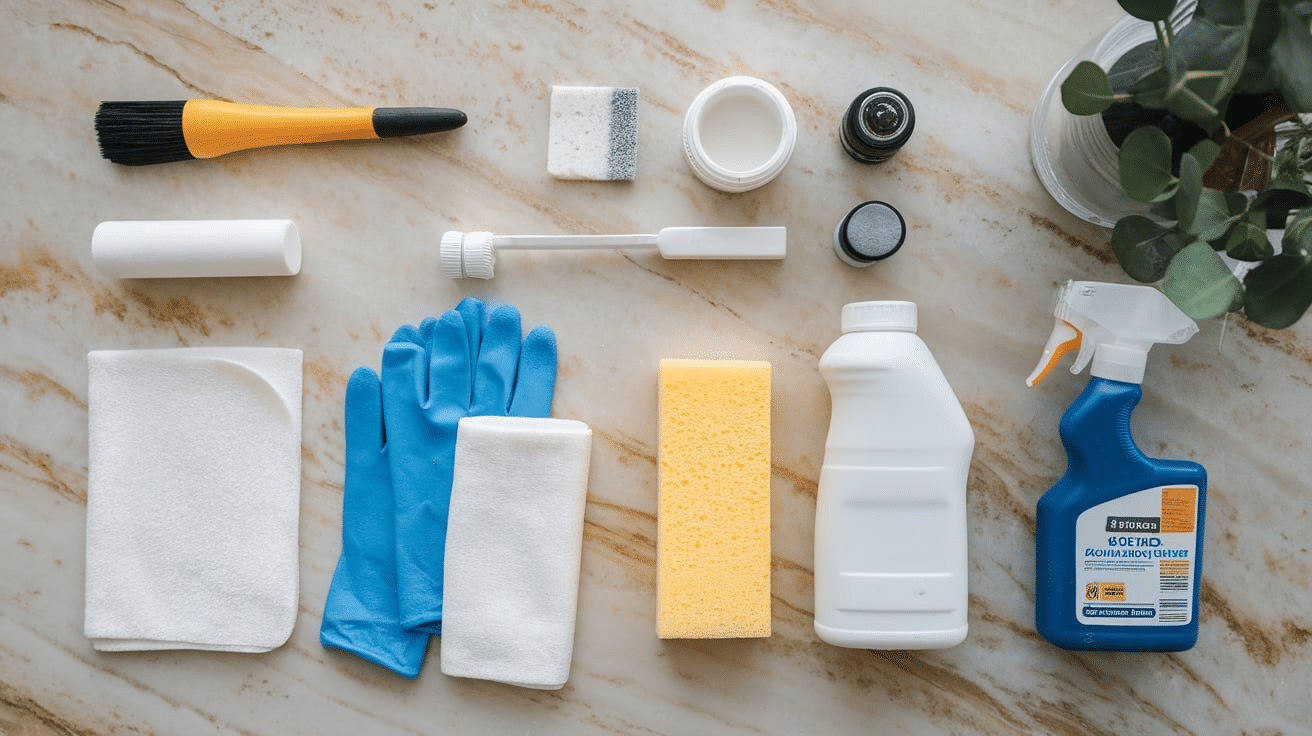
Before you start, gather everything you’ll need.
-
Quartzite-safe stone sealer (look for “natural stone” on the label)
-
A soft cloth or microfiber towel
-
Clean sponge or brush
-
Rubber gloves
-
Mild dish soap
-
Warm water
-
Spray bottle (optional)
-
Paper towels
Make sure your sealer is made for natural stone. Some sealers say they work on granite, marble, and quartzite.
Step-by-Step: How to Seal Quartzite Countertops
This section will guide you through each simple step to seal your quartzite countertops. Follow these easy instructions to keep your countertops protected and looking brand new.
Step 1: Clean the Surface
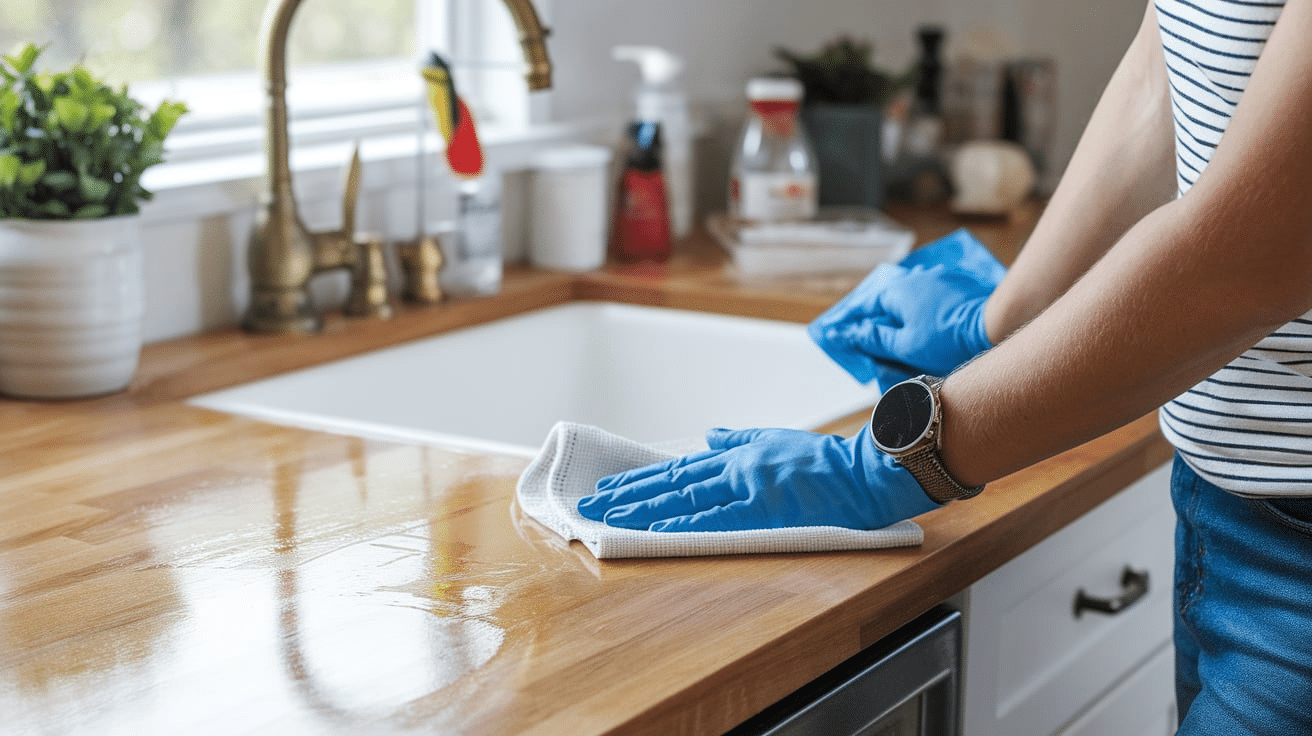
Before sealing, the countertop must be clean and dry.
-
Remove everything: Take off appliances, decor, or anything on the countertop.
-
Wipe it down: Use a damp cloth to remove dust and crumbs.
-
Use a mild cleaner: Spray on a stone-safe cleaner or use dish soap and water.
-
Dry completely: Let the surface dry for at least 1 hour. The stone must be totally dry before sealing.
Step 2: Apply the Sealer
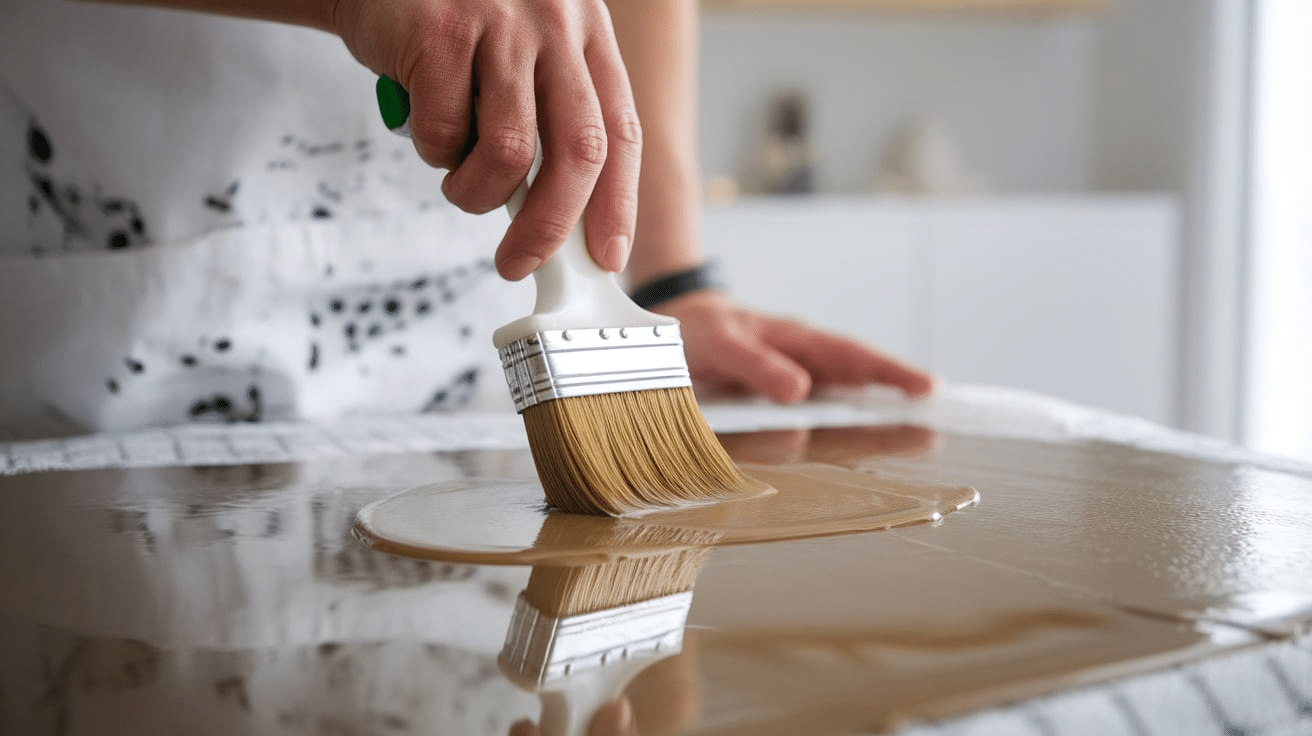
-
Shake the bottle: Give the sealer a good shake before using.
-
Pour or spray: Some sealers come with a spray top. Others you pour onto the counter.
-
Spread it out: Use a soft cloth, sponge, or foam brush to spread the sealer. Cover all areas in an even layer.
-
Let it soak: Most sealers need 10–20 minutes to soak in. Check the label on your bottle.
Don’t let the sealer dry on top. If it starts to dry too soon, wipe it gently and reapply.
Step 3: Wipe Off Extra Sealer
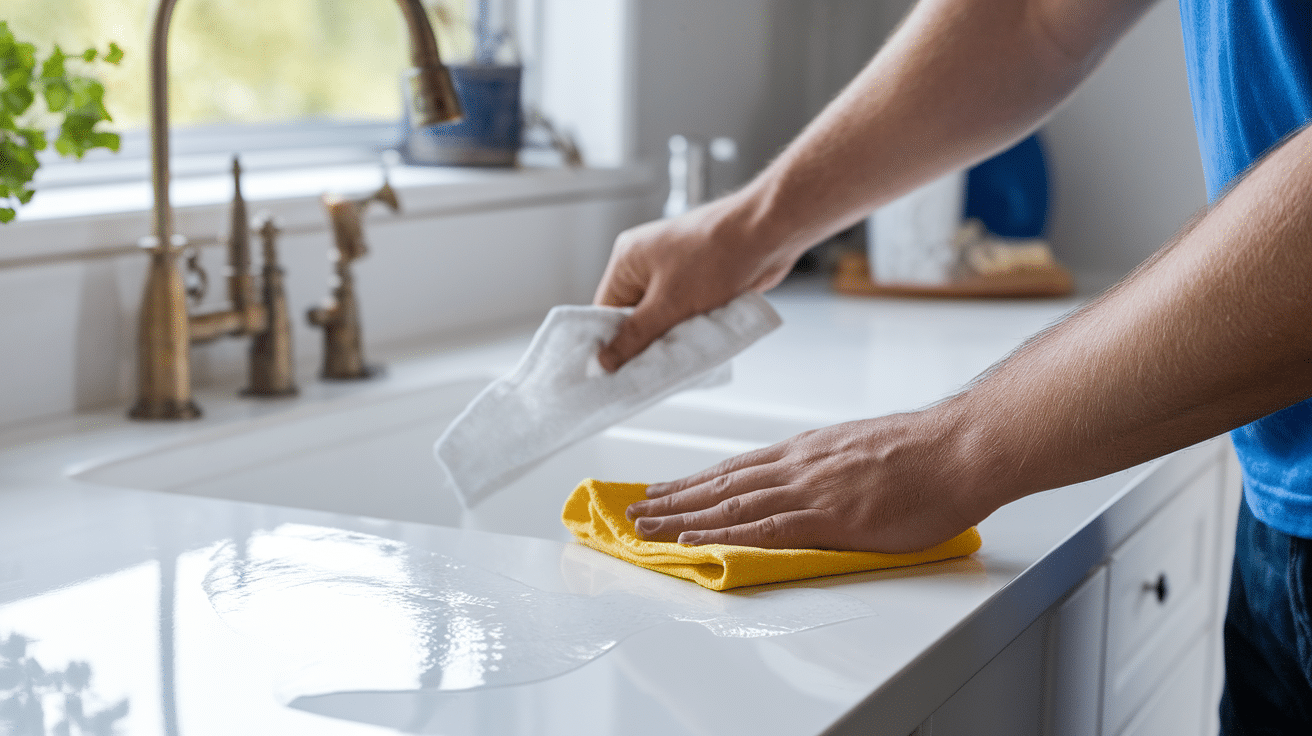
After the sealer soaks in, you’ll need to wipe off any leftover liquid.
-
Use a clean cloth to buff the surface.
-
Make sure no sticky or oily spots are left.
-
Keep wiping until it feels smooth and dry.
Step 4: Let It Cure
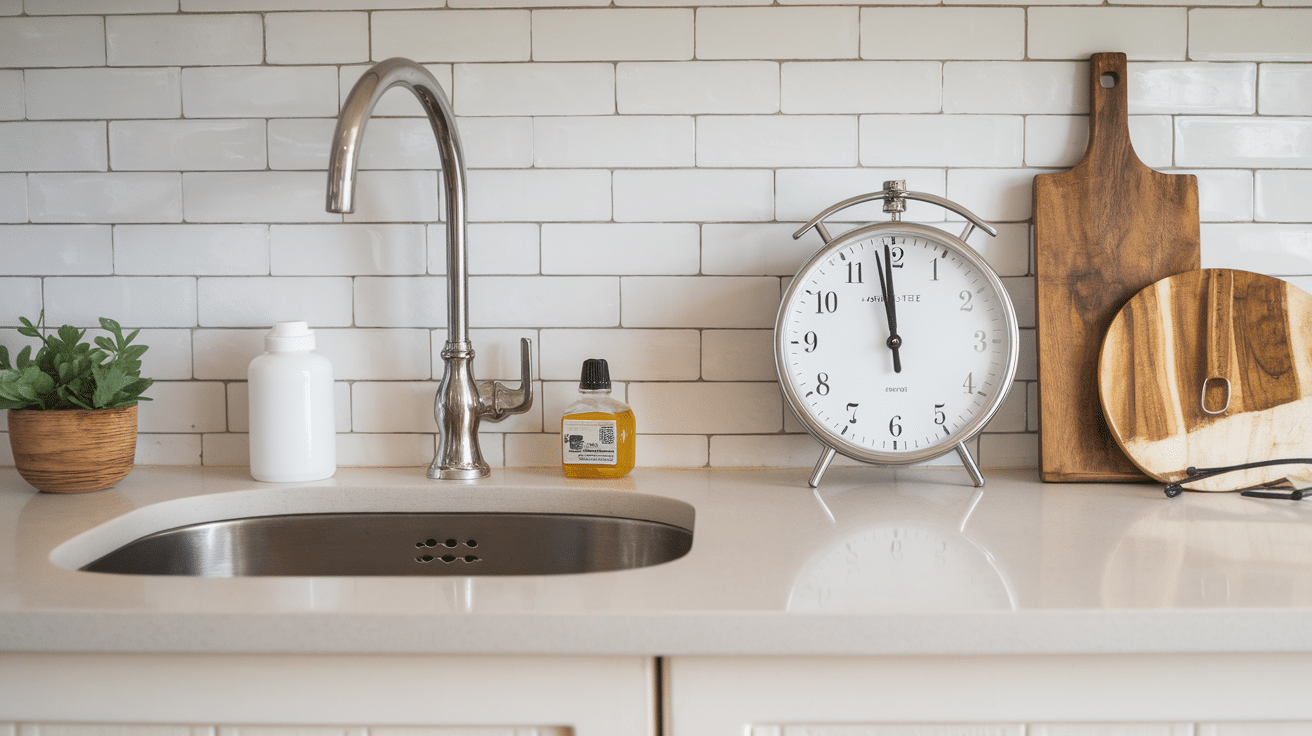
Sealing doesn’t end with wiping. It needs time to cure or harden.
-
Most sealers need 24–48 hours to fully cure.
-
Don’t place anything back on the counter during this time.
-
Try not to get it wet until it’s done curing.
Types of Sealers You Can Use for Quartzite

Choosing the right sealer for your quartzite countertops is important for long-lasting protection and the look you desire. Three main types of sealers work well with quartzite, each with its unique benefits:
1. Penetrating (Impregnating) Sealers – The Best for Quartzite
These sealers work by soaking into the stone to provide deep protection from within. They fill in the small pores in the quartzite to block liquids and stains from soaking in.
-
Pros:
-
Invisible finish: Once dry, it won’t change the appearance of your quartzite.
-
Long-lasting: It typically lasts 1-3 years before needing to be reapplied.
-
Low maintenance: These sealers don’t require frequent reapplication, making them very convenient.
-
-
Ideal for quartzite: Since quartzite is a dense and hard stone, a penetrating sealer is the most effective and offers strong protection without altering its natural beauty.
2. Enhancing Sealers – For a Richer, Shiny Look
Enhancing sealers do more than protect. They bring out the natural color and patterns of your quartzite by darkening the stone slightly and giving it a glossy, “wet” look.
-
Pros:
-
Improved color and depth: Enhancing sealers are perfect for making the stone’s colors more vibrant.
-
Glossy finish: These sealers can leave a shiny surface, which many people love for added elegance.
-
-
Ideal for quartzite: If you prefer a more dramatic or polished appearance and want to emphasize the stone’s colors, an enhancing sealer is the right choice. However, compared to penetrating sealers, it may require more frequent reapplication.
3. Topical Sealers – A Protective Layer on the Surface
Topical sealers sit on top of the quartzite’s surface, forming a protective layer. These sealers are typically glossy and can make the stone look shiny, but they don’t penetrate as deeply as the other two types.
-
Pros:
-
Shiny finish: Provides a very glossy, almost “wet” look that enhances the visual appeal.
-
Protection from stains: These sealers offer a layer of protection against liquids sitting on the surface.
-
-
Cons:
-
Not ideal for quartzite: They wear off quicker, especially on high-traffic countertops, and may need reapplication every 6-12 months.
-
May change appearance: The glossy finish may not suit everyone’s taste, and some prefer the natural, matte look of quartzite.
-
-
Ideal for quartzite: Topical sealers aren’t usually recommended for quartzite because they don’t penetrate deeply and tend to wear off faster than penetrating sealers. They are better suited for stones like granite.
Hiring a Pro vs. Doing It Yourself: What to Know
Sealing your quartzite countertops can be a simple DIY project, but you may wonder if it’s worth hiring a professional instead. Both options have their pros and cons, and it ultimately depends on your comfort level, time, and budget.
Hiring a Professional:
-
Pros:
-
Expert Application – Professionals have the experience to apply sealers evenly and effectively. They may also have access to stronger, high-quality sealers.
-
Time-Saving – Hiring a pro saves you time. You can skip the preparation, application, and clean-up processes.
-
Long-Term Results – Experts can assess the needs of your countertops and recommend the best products. Their work might last longer, saving you from re-sealing too often.
-
-
Cons:
-
Cost – Hiring a pro can cost anywhere from $100 to $300, depending on the size of your countertop. This can be more expensive than doing it yourself.
-
No Hands-On Experience – You won’t get the hands-on experience of learning how to maintain your countertops.
-
Doing It Yourself (DIY):
-
Pros:
-
Cost-Effective – DIY sealing is much cheaper than hiring a professional. You only need to buy the materials, which can cost $30–$50, depending on the size of your countertop.
-
Control over the Process – When you seal your countertops yourself, you have full control over the quality of the sealer used and the final finish.
-
Learning Experience – Sealing your countertops is a good skill to have, and you’ll be able to repeat the process on your own when needed.
-
-
Cons:
-
Time-Consuming – The process takes time, especially if you want to do it right. You’ll need to clean, apply, and wait for the sealer to cure.
-
Risk of Mistakes – If you don’t apply the sealer evenly or use the wrong product, you could end up with streaks, haze, or less protection.
-
Which Option Is Right for You?
-
Go with a professional if you’re short on time, want the job done quickly, and are willing to spend more for expertise. A professional can help ensure a perfect finish and make sure your countertops are properly protected.
-
Choose DIY if you’re on a budget, don’t mind putting in a bit of work, and enjoy learning new home maintenance tasks. Sealing quartzite yourself is a manageable job, and you’ll save money in the process.
If you decide to DIY, following the right steps and using quality products will yield great results and help protect your countertops for a long time.
How to Take Care of Quartzite After Sealing
Once your quartzite countertops are sealed, the right care will keep them looking great and ensure the sealant works effectively:
1. Clean Spills Immediately: Even sealed quartzite can absorb spills, especially oily liquids or acidic substances. Wipe up any spills as soon as they happen to prevent staining and protect the sealer.
2. Use Gentle, Stone-Safe Cleaners: Avoid harsh chemicals, as they can break down the sealer over time. Use mild dish soap mixed with warm water or a cleaner made specifically for natural stone surfaces.
3. Use Soft Cloths or Sponges: For regular cleaning, always use soft cloths or non-abrasive sponges. Avoid using rough scrubbers, like steel wool, which can damage the surface and remove the protective seal.
4. Use Cutting Boards and Trivets: Even though quartzite is durable, cutting directly on the countertop or placing hot pots and pans on it can cause scratches or heat damage. Always use cutting boards and trivets to protect surfaces.
5. Reseal When Needed: Test the surface regularly by dropping water on it. If the water soaks in or leaves a dark mark, it’s time to reseal. Quartzite generally needs resealing every 6-12 months, depending on use.
Tips for Getting the Best Sealing Results at Home
Follow these tips to get the most effective and long-lasting seal on your quartzite countertops:
- Clean the Surface Thoroughly: Before sealing, make sure your quartzite countertop is completely clean and dry. Any dirt, grease, or water on the surface can prevent the sealer from bonding properly.
- Apply Sealer Evenly: Use a clean, soft cloth or sponge to apply the sealer in a thin, even layer. Avoid using too much sealer at once, as it can pool and lead to streaks or a sticky finish.
- Let the Sealer Absorb: Allow the sealer to sit on the countertop for the recommended time (usually 10-20 minutes). This will give it time to soak into the stone and provide maximum protection.
- Wipe Off Excess Sealer: After the sealer has soaked in, use a clean, dry cloth to wipe off any excess. A leftover sealer can create a hazy or sticky surface, so make sure to wipe it thoroughly.
- Let It Cure Fully: Allow the sealer to cure for 24–48 hours before using the countertop. To ensure the best results, avoid placing anything on the surface until it is completely dry.
Mistakes to Avoid When Sealing Quartzite Countertops
Avoid these common mistakes to get the best results:
1. Skipping the Cleaning Step: Always clean the countertop before sealing to ensure the sealer bonds properly.
2. Not Testing the Sealer First: Test the sealer on a small area to check for any changes in color.
3. Overapplying the Sealer: Don’t apply too much sealer. A thin, even layer works best.
4. Not Giving Enough Time for Absorption: Let the sealer soak in for the recommended time to ensure proper protection.
5. Forgetting to Reseal: Check your countertop regularly and reseal every 6-12 months as needed.
Conclusion
Sealing quartzite countertops is an important step in keeping them looking beautiful and protected. By following the right steps, you can easily seal your countertops and prevent stains, water damage, and wear over time. The process is simple, and with a little care, your quartzite counters can stay shiny and clean for years.
After sealing, remember to take care of your countertop by cleaning up spills quickly, using gentle cleaners, and wiping it down with a soft cloth. Don’t forget to reseal your quartzite regularly to keep it in top condition. If you follow these easy tips, your quartzite countertops will stay strong and beautiful for a long time.
Sealing doesn’t take much time or effort, but it makes a big difference in how your quartzite looks and lasts. With just a few simple steps, you’ll be able to enjoy your countertops without worrying about damage.

